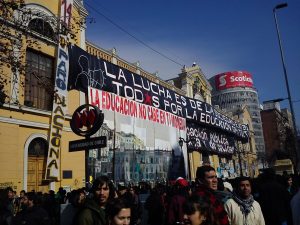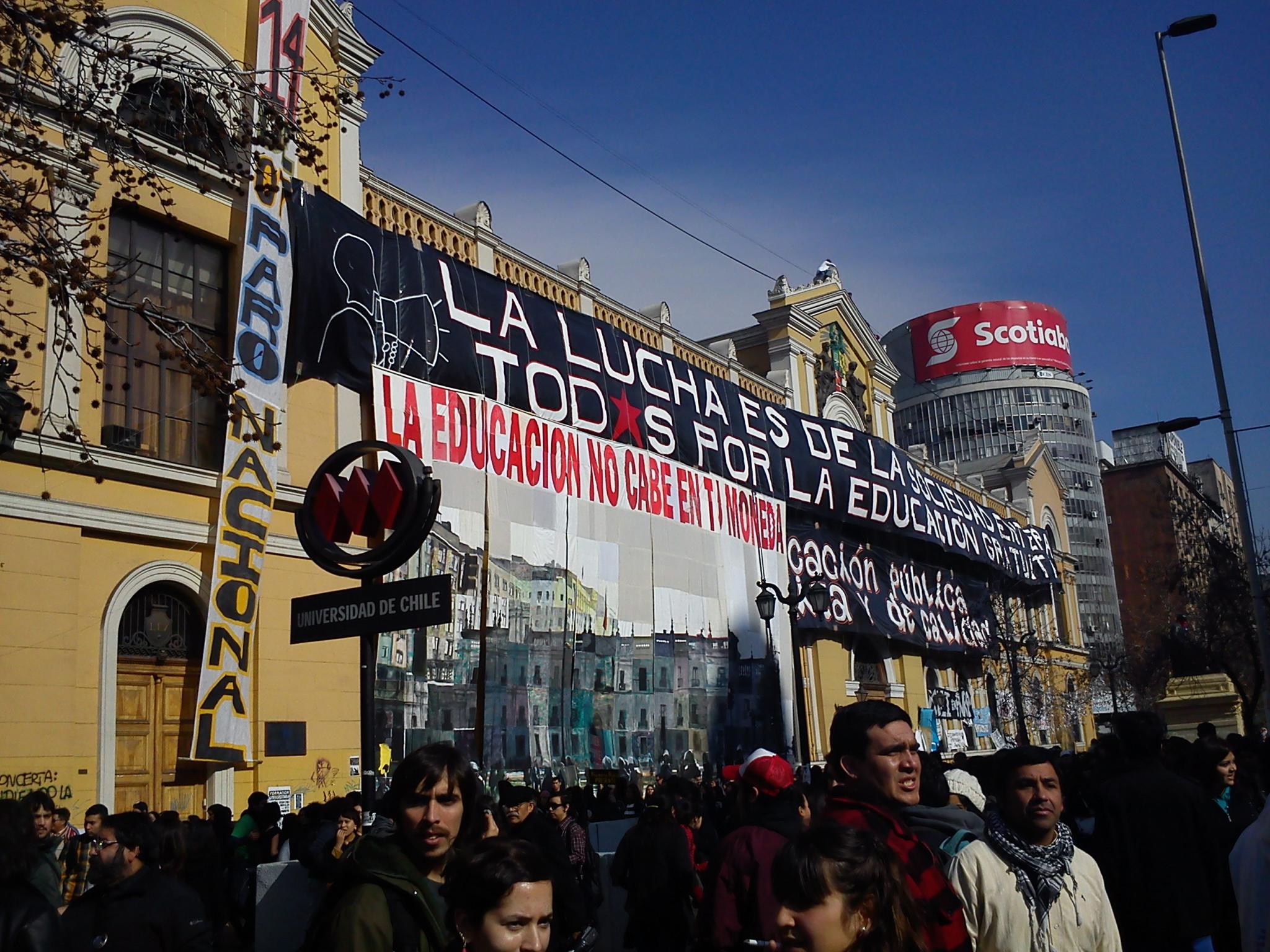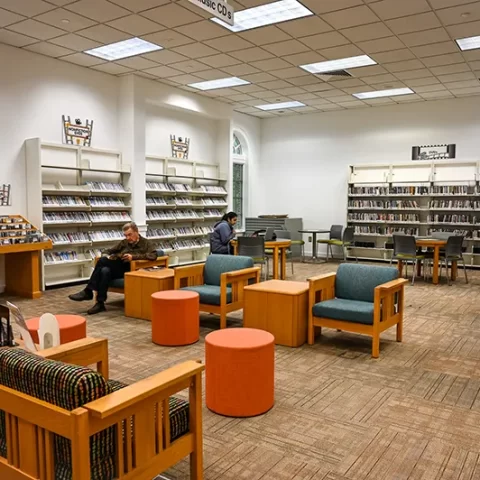By: Nick Eberhart
Student riots have become a weekly scheduled activity in downtown Santiago, Chile, where I studied last semester. I became interested in the educational problems that existed in my host country after getting caught in the first riot of Aug. 2012, during which three TranSantiago metro buses were burned and several students were injured while clashing with police.
To understand the student riots that have gripped Santiago and many other cities, one needs to have some background on Chile. Since emerging from the repressive regime headed by Augusto Pinochet in 1991, the country has become renowned for an open market system that has led to both the highest GDP per capita in Latin America and deep income inequality. Chile’s GDP grew by 6.6% in 2011, but many ordinary Chileans did not see their own well-being improve, and this feeling has fueled much internal discontent. While income inequality, private profits from Chile’s mining industry, and other issues are all now parts of the student protests, these were not the initial concerns of student protesters.
Under Pinochet’s free market policies, Chilean public schools and universities were neglected while private schools in more affluent areas grew and were even supported by private and public funding. This trend continued after Pinochet’s regime was removed from power over two decades ago. No new public universities have been built since Pinochet left office and the public schools that less affluent students attend are in cripplingly poor condition while affluent private schools continue to prosper. After decades without significant investment in public education, only about 45 percent of students in Chile attend traditional public schools. Students from affluent families end up attending quality private schools while students from more modest backgrounds must make the difficult choice between decaying public schools and crippling student loans for private institutions.
The current riots began in August 2011 and have picked up force and intensity with time. The goals of the protests are to garner government funding for the struggling public school system, to eliminate profit from the educational system, and to tackle crushing student debt faced by Chilean students who take out student loans with high interest rates. Anyone who spends much time in downtown Santiago is likely to see the boldest demand spray-painted on buildings in the city center: “educacion gratuita,” free education at all levels. While the government has acquiesced to some demands, such as President Piñera’s proposed lowering of student loan interest rates from 6 percent to 2 percent and the promise by the government to increase funding by around $1 billion for education, the goal of free education remains unattainable for the student protesters. Students have become greatly frustrated by inaction on the part of the government, which has responded to increased belligerence by students by instituting a zero-tolerance policy for the riots. This policy has allowed for more aggressive police responses to rioting leading to injuries and even deaths, such as the shooting of a 14-year-old protestor in Aug. 2011.
Middle class families in Chile spend up to 40 percent of their incomes on education and the debt from student loans is causing many of these students to drop even lower on the economic bracket than before schooling. Chile is now a place where education is no longer necessarily a means of social mobility, a way to rise from one’s current economic status.
While the problems of these students may seem a world away, education as a means of social mobility is being threatened in the United States as well. The gap in standardized test scores between rich and poor students in the US has grown by about 40 percent since the 1960s, while the gap in college completion between affluent students and their economically disadvantaged counterparts has grown by 50 percent since the mid 1980s. College completion remains one of the most significant predictors of future economic success in the United States and elsewhere. While it has been well documented that higher income families have more resources and time to devote to their children, the level of disparity between the two groups has been growing at staggering rates in recent decades.
None of this is to suggest that the United States and Chile have similar situations. The magnitude of the difference between public and affluent private schools in Chile is deep and disparate. The United States, however, does face a difficult task in finding effective policies to address our own educational inequality and resulting economic disparities. Chilean students regularly shut down schools with strikes and protests and their government is being forced to take notice. When facing our own educational challenges Americans should use the same passion and energy, with less drastic action, that is shown on a weekly basis by Chilean students.


